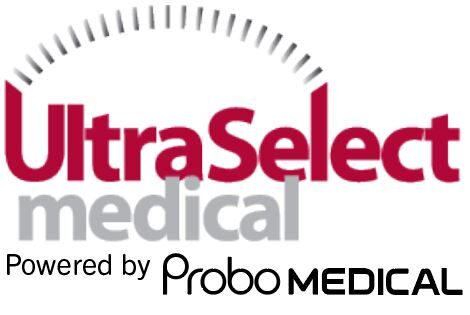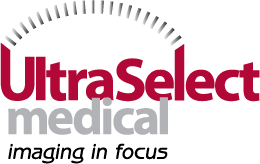A while back we published a blog “What Did You Call Me”. Now that we have the understanding of what the proper term is for our job classification, we will talk about what those letters behind our names mean. In large part they reflect the organization that the sonographer tested with. The only people who should be operating ultrasound equipment are Doctors with a specific level of training or sonographers who have been properly educated and certified. In some states sonographers are required to be licensed.
What is the difference between a certification and a license? Our certification comes from the American Registry of Diagnostic Medical Sonographers (ARDMS), the Cardiovascular Credentialing International (CCI) or the American Registry of Radiologic Technologists (ARRT). In all states the ARDMS is accepted but it would be up to the sonographer to check and see if the CCI and the ARRT are as well. A license is an extra fee, background check, copy of your credential and other paper work submitted to the state in question. Certification or credentials are the exams you take within the organizations listed above. In states with no licensure the certification is more important. Some states have it written into their health insurance law that for reimbursement to be given, the sonographer must be certified.
Which states have a licensure requirement? New Mexico led the charge with licensure being ratified in 2009. Oregon followed later in that year and they added a mandatory cultural competency requirement for their licensure. Then North Dakota added theirs in 2015 and finally New Hampshire began theirs in 2018. With the information we have today, we are not aware of any legislatures with pending laws in this area.
If you hold an educational degree then that is the first initials behind your name. If you hold you certification from the ARRT then they are listed like this.
John Smith BA (US) ARRT. If John Smith was also a Radiologic Technologist then it would be John Smith BA RT (R) (US) ARRT. By listing the ARRT you are being transparent about which organization you tested with. Just one thing to note here that the R in parentheses can also mean retired.
CCI offers nine credentials. Several of them are not related to ultrasound so they will not be covered. The listing is the same as above. The ultrasound credentials are ACS for Advanced Cardiac Sonographer, RVS for Registered Vascular Specialist, RCCS for Registered Congenital Cardiac Sonographer and RCS means Registered Cardiac Sonographer. Many sonographers choose to go through another CCI credential called RPhS for Registered Phlebotomy Sonographer for those sonographers doing venous or arterial needle procedures.
Lastly the ARDMS bestows the credentials of several distinct specialties. To obtain these credentials you must take a physics exam plus the exam choice for your specialty. The RDMS has the DMS in the initial so that when you list it everyone knows you sat for the ARDMS boards. The RDMS credential includes the specialties of Abdomen with small parts, Breast and OB/GYN. The RDCS means that you have expertise in cardiac specialty or Registered Diagnostic Cardiac Sonographer. The letters in the parentheses mean what subspecialty your credential is in. PE is pediatric echocardiography, FE is fetal echocardiography and AE is adult echocardiography. RVT means Registered Vascular Technologist.
RMSKS means Registered Musculoskeletal Sonographer. Lastly there is MWS and this credential is slightly different because you must be a licensed midwife to sit for the sonography credential.
We are seeing many Doctors who are choosing to sit for the ARDMS board exams to prove their proficiency in the important area of ultrasound. This is positive step. There are many other contributions to the alphabet soup for sonographers who have moved up into other areas. That will be the subject of another blog.
Benjamin Bolger AA, BA, MSc, MPhil, MA, MA/MSc, MDES, DDES, MS (RED), MA Ed, MA PSCI, and MFA. You can google it.


